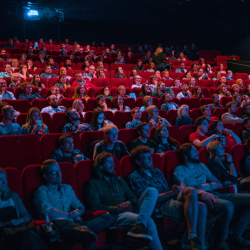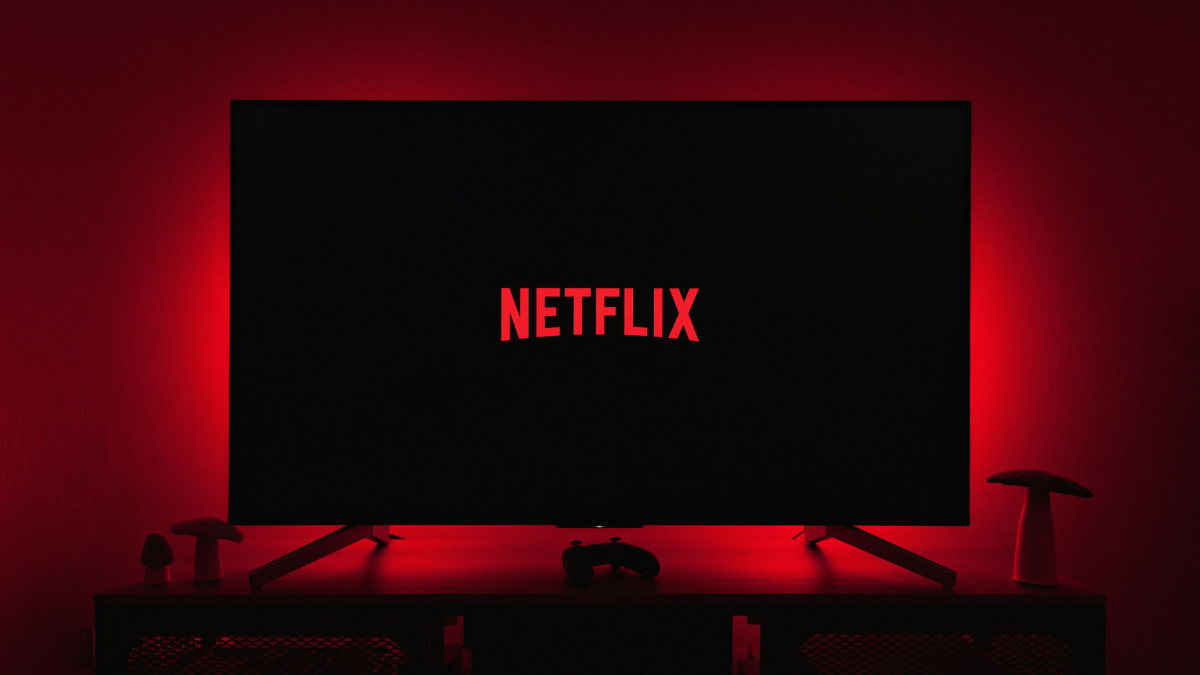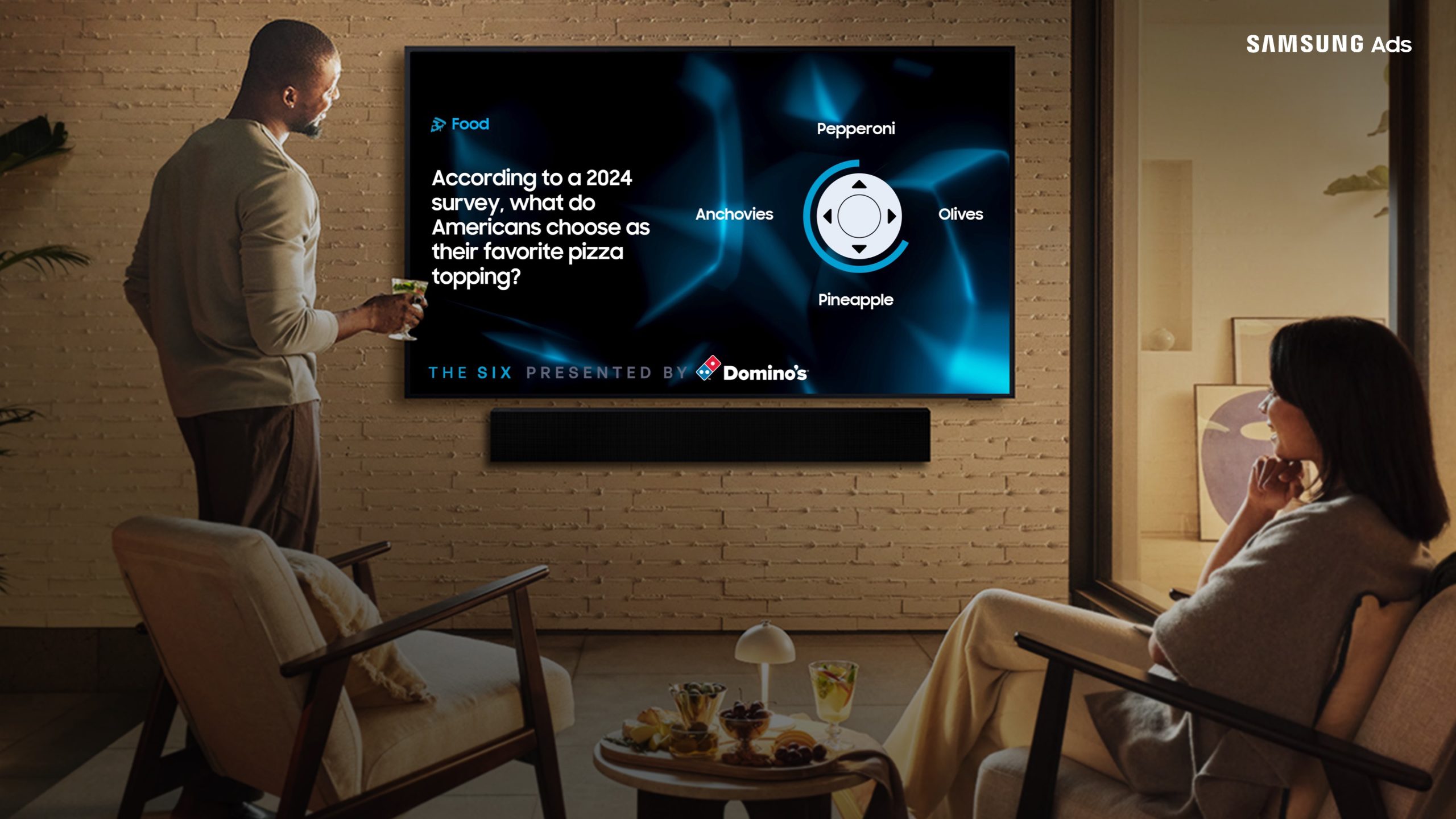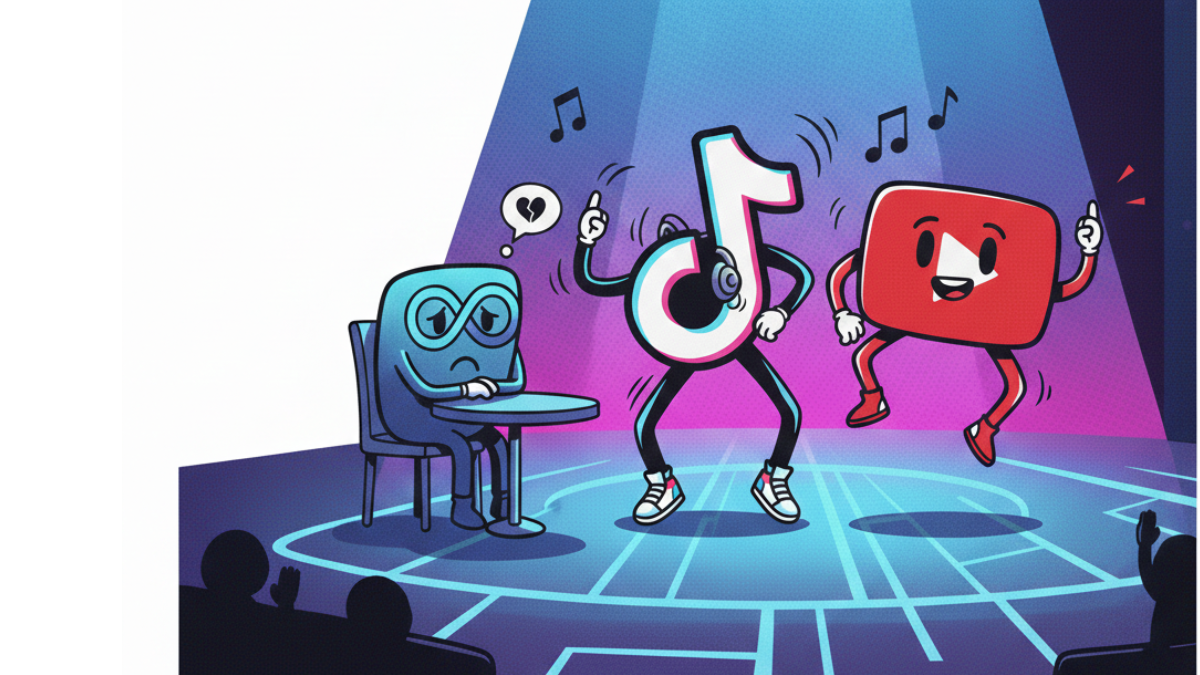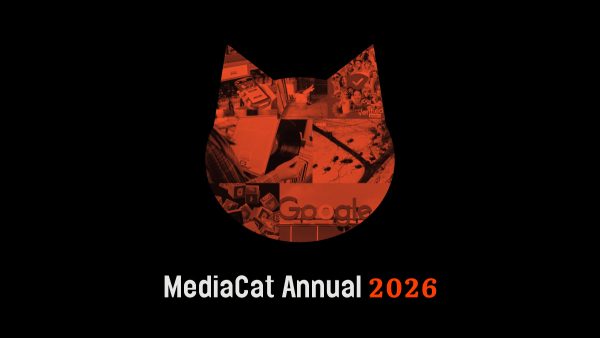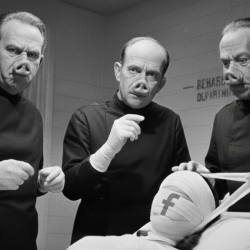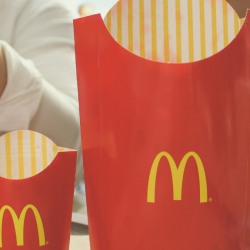Thirty-five percent of new video on demand (VoD) subscribers chose ad-supported plans in the last quarter of 2024 — up from 21% in 2023 — according to analysis by Kantar’s Entertainment on Demand service.
The good news for streaming platforms and advertisers doesn’t stop there. Forty-three percent of ad-plan subscribers also said they are satisfied with the value they receive. This rate, Kantar notes, ‘exceeds that of ad-free subscription tiers.’
In particular, Netflix saw 66% of new users opt for its ad-supported tier globally. This percentage rose to 69% for the UK market. In its earnings call last month, the streaming platform also revealed that its ad plan subscriptions increased by around 30% quarter-over-quarter.
Why are ad plans on the rise?
According to CTV and TV streaming advertising (AVOD) expert Laura Chaibi, several factors are driving the rise of ad-supported plans.
For media owners, it’s about diversifying revenue streams, Chaibi said: ‘As SVOD adoption saturated, advertising revenue streams became extremely attractive for the next growth acceleration. After the first full year with ads on Prime Video, Amazon has reported 18% growth for Amazon advertising services worldwide to $17.3bn (£13.7bn).’
Ad-supported tiers not only helped streamers retain price-sensitive customers but, Chaibi explained, they ‘also brought in a new customer segment at the revised price point.’
‘Many who shared accounts and lost access as technologies improved for cracking down on password sharing had to get their own account,’ she said.
For brands, ad-supported plans present a ‘renewed opportunity to regain reach in a brand-safe environment, with sound on and on the largest screen in the home,’ adds Chaibi.
Beyond ad plans
When asked about the future of ad-supported TV streaming, Chaibi agreed that it will only continue to flourish.
‘The ad-supported TV streaming services are realising how lucrative advertising revenue streams can be,’ she said. ‘Advertising comes in many shapes and sizes from the 15’ or 30’ spots and sponsorships to product placements in programming.’
Sharing an example of the latter, she pointed to the fourth season of Netflix’s Stranger Things, which generated nearly £23m in brand placement value.
‘Whether it’s through sponsoring, endorsements, or merchandising, Entertainment IP extensions done well lead to fantastic synergies for brands and programming,’ Chaibi said. ‘And with AI, the ability to scale, personalise, localise and translate advertising with global reach, TV streaming platforms are a game changer that has no signs of slowing.’
Featured image: Thibault Penin / Unsplash
